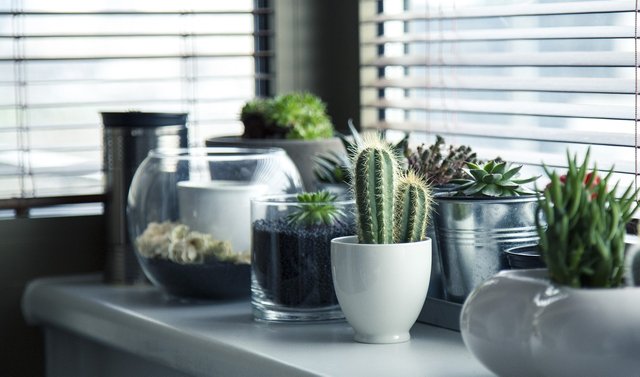Dealing with fungal problems on ornamental plants can be a challenge for many plant lovers. Although it seems trivial, the presence of fungi can affect the overall health of the plant. Therefore, plants require perfect and good care, now I will give a few right ways to deal with fungi or keep plants fresh and beautiful. Now, pay close attention to how to deal with fungi on plants.
The first step in dealing with fungi on ornamental plants is to isolate the infected plant. Isolating plants aims to prevent the spread of fungi to other plants nearby. Place infected plants in a separate area with good air circulation and keep them away from other healthy plants. By isolating plants, we can focus more on caring for them while minimizing the risk of fungi spreading to the entire collection of ornamental plants. nAfter the plant infected with fungi has been isolated, the next step is to remove the fungi that are visible on the surface of the soil or leaves. To do this, start by scraping off the top layer of moldy soil using a clean tool, such as a spoon or garden fork. Make sure to remove the infected soil carefully so that the fungal spores do not spread to other areas.

If the fungus also sticks to the leaves, use a clean cloth or cotton that has been dampened with water to remove the fungus from the surface of the leaves. Also, remove any leaves or plant parts that have been severely damaged by fungus, then wash your hands and any tools you used to prevent the fungus from spreading further. After removing the infected soil and leaves, be sure to clean the pot thoroughly. Use a mixture of water, mild detergent, and a little soap to scrub the inside of the pot, especially any areas where there is visible mold or dirt. The soap acts as a mild abrasive that helps lift any remaining mold from the surface of the pot. After cleaning, rinse the pot with clean water and allow it to dry completely before replanting the plant. This is important to ensure that there are no remaining mold spores that could infect the plant later.

Treating the leaves of a houseplant infected with fungus is an important step in restoring its health. Once the fungus in the soil has been treated, inspect the leaves thoroughly for signs of infection. Use clean water to wet the leaves, then carefully wipe each leaf with a clean cloth or paper towel. Be sure to use a different cloth for each leaf to prevent the fungus from spreading. If there are any leaves that are severely damaged or brown, it is best to prune them and discard them to prevent further spread. After cleaning, spray a plant-safe organic fungicide on the remaining leaf surfaces, especially the often-forgotten undersides. Proper leaf care will help the plant recover and prevent the fungus from returning.

Using a natural fungicide is an effective and environmentally friendly way to treat fungus on houseplants. Natural fungicides, such as a mixture of soap, horticultural oil, and water, can be easily made at home. This mixture works by inhibiting the growth of fungus and keeping the leaves healthy. The method is quite easy, spray this natural fungicide solution all over the plant affected by fungus, especially on the leaf and stem surfaces. Make sure the spraying is even so that all areas of the plant are protected. Using a natural fungicide is not only effective in eradicating fungus, but it is also safe for the environment and does not pose a health risk to humans and pets.

To treat fungus on houseplants, it is important to allow the soil to dry out completely before the next watering. Fungus thrives in a moist environment, so by keeping the soil dry, we can prevent further fungus growth. Make sure not to let water stagnate in the pot and make sure the pot has good drainage. By giving the soil time to dry out, this not only helps prevent mold, but also keeps our plant roots healthy.

To prevent the regrowth of fungus on houseplants, effective preventive measures are needed. For example, make sure the plants get good air circulation by placing them in a fairly open place and avoid placing plants too close to each other. Also, make sure the soil stays dry between waterings and avoid overwatering. Using pots with drainage holes is also very helpful in avoiding humid conditions that can trigger fungal growth. We can also add a little cinnamon to the surface of the soil as a natural deterrent to fungus. To prevent fungus on houseplants, it is important to ensure adequate ventilation and lighting. Place the plants in a location with good air flow to avoid excess moisture that can trigger fungus. Also, make sure the plants get enough direct sunlight or artificial light to help dry the moisture on the leaves and soil. Plants that get enough light will dry faster after being watered, reducing the risk of fungus. That's how to deal with fungus on houseplants. With consistent care and proper preventive measures, we can keep houseplants healthy and free from fungal problems, so that plants can grow optimally and remain a refreshing decoration for the room.

Downvoting a post can decrease pending rewards and make it less visible. Common reasons:
Submit